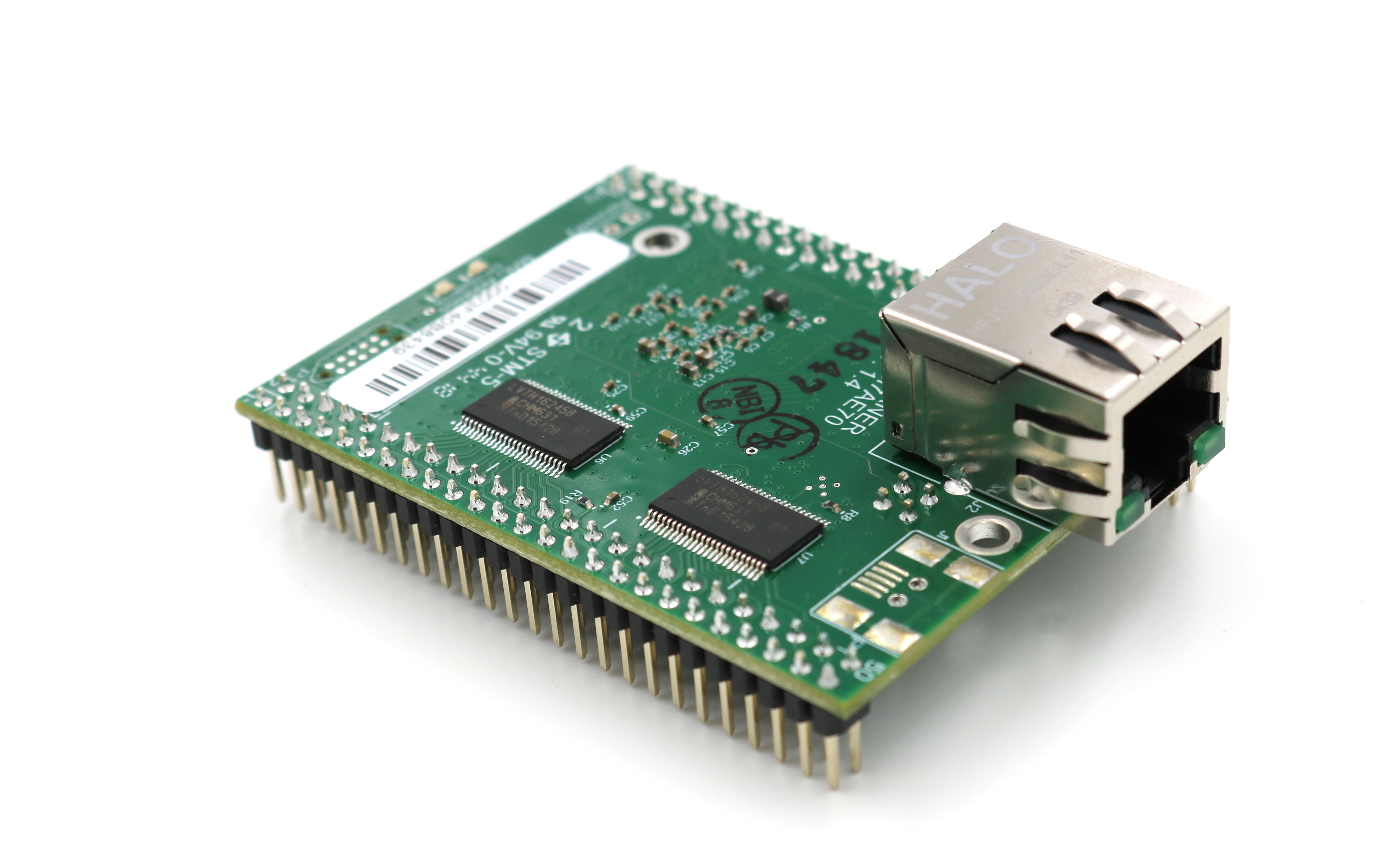Recent Posts
ARM Cortex M-7 Embedded IoT Development Kit With Two CAN Bus Flexible Data Rate (CAN-FD) Ports
Posted by on
The MODM7AE70 embedded development kit by NetBurner features the ARM® Cortex® M7 System-on-Module (SOM). It is an IoT device containing everything required to combine industrial-quality network control, monitoring, and processing in nearly any device. The easy-to-use development suite includes everything needed to learn quickly, code, test, and deploy an industrial-strength embedded solution.
Besides the ARM platform hardware, the system provides custom RTOS, drivers, and libraries for SSL/TLS v1.2, networking, and industrial protocols. Quickly and easily create network-enabled devices with 10/100 Ethernet, including those requiring digital, analog and serial control, and much more. A programming IDE, over 100 code samples and applications, plus in-house support, are included.
The two CAN FD ports, CAN0 and CAN1, are supported through the board's SAME70 processor. The connections are available on the development board, and they will require an external (additional) CAN transceiver for each CAN port. The software development environment provides examples and drivers.
Copperhill Technologies provides the following CAN FD breakout (transceiver) boards:
IoT Development Kit Contents
- 1 ARM®-Powered NetBurner MODM7AE70 Embedded Platform Hardware
- 1 IoT Development Kit Adapter board
- 1 Ribbon Cable
- 1 Quick Start Guide
- 1 NNDK License Card with Platform Serial Number
- 1 USB Cable
- 1 DB9 Serial Cable
- 1 Blue CAT5 Patch Cable
- 1 Year of Software and Development Tool Updates
- 6 Months of In-house Technical Support
Embedded IoT Development Kit Specs
- Microchip®/Atmel® SAM E70 32-bit ARM Cortex-M7 300-MHz processor
- Optimized and Embedded Real Time Operating System (RTOS)
- Low-power / High Energy Efficiency
- Flexible memory, Memory Protection Unit (MPU) and system peripherals
- Optional Wi-Fi available
Embedded Software for the IoT
Even the most conservative estimates show the Internet of Things (IoT) will be a vast market where innovation is essential and where programmers are and will be in high demand. The challenge is that programming the IoT spans many knowledge domains.
This book will provide the fundamentals of embedded programming to programmers and allow them to reach their full potential. Embedded Software for the IoT helps the reader understand the details in the technologies behind the devices used in the Internet of Things.
It provides an overview of IoT, parameters of designing an embedded system, and good practice concerning code, version control, and defect-tracking needed to build and maintain a connected embedded system. After presenting a discussion on the history of the internet and the world wide web, the book introduces modern CPUs and operating systems.
The author then delves into an in-depth view of core IoT domains, including:
- Wired and wireless networking
- Digital filters
- Security in embedded and networked systems
- Statistical process control for Industry 4.0
This book will benefit software developers moving into the embedded realm as well as developers already working with embedded systems.
 Loading... Please wait...
Loading... Please wait...


